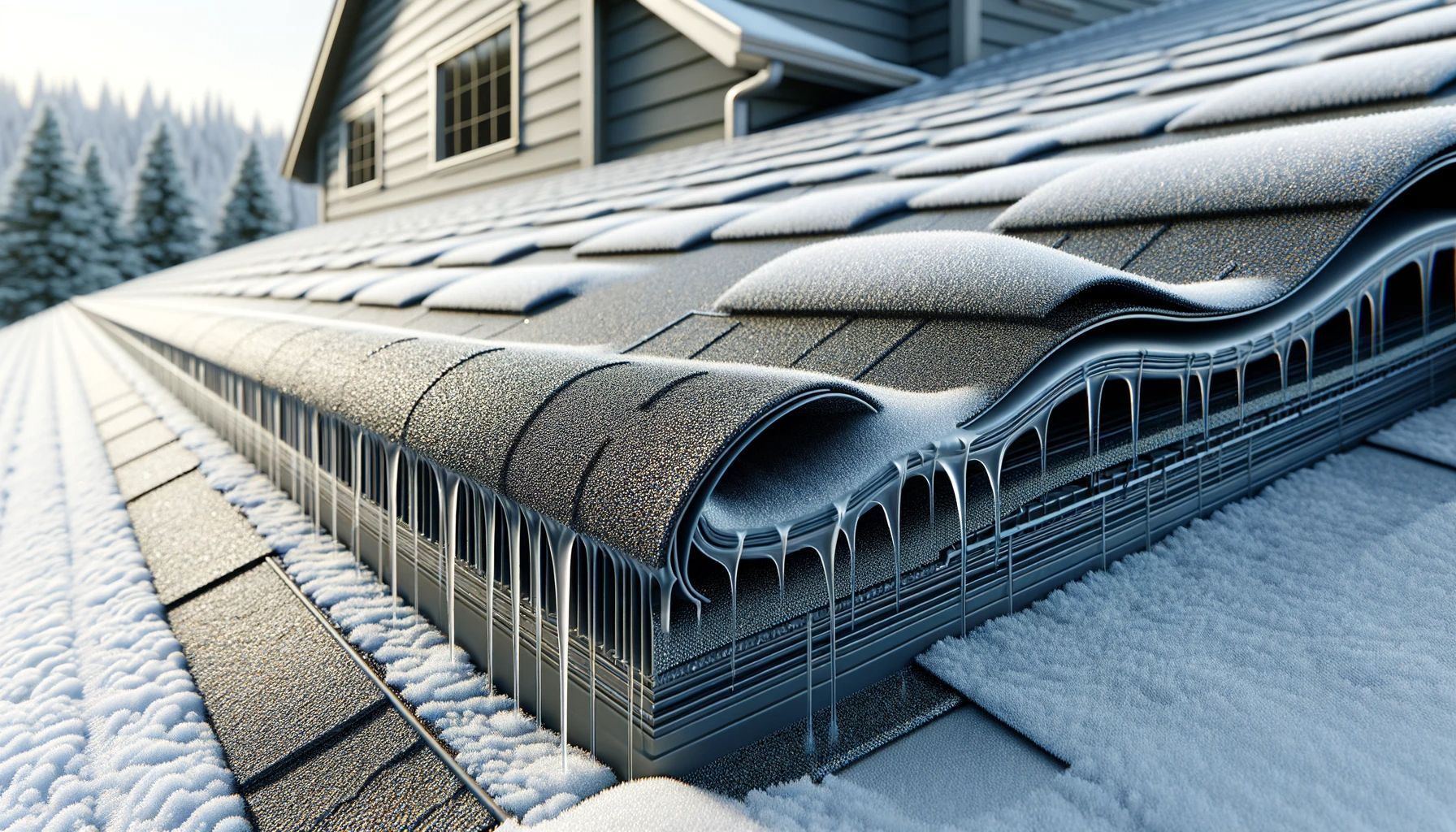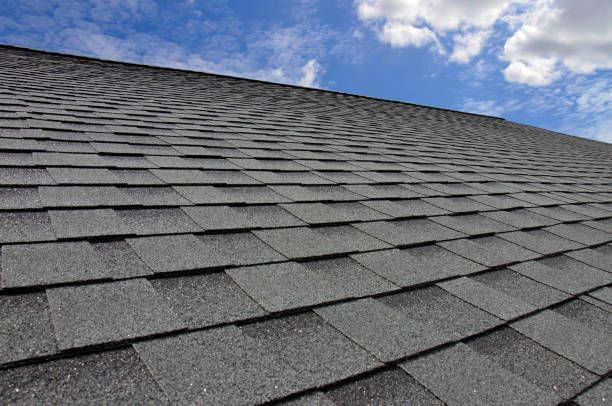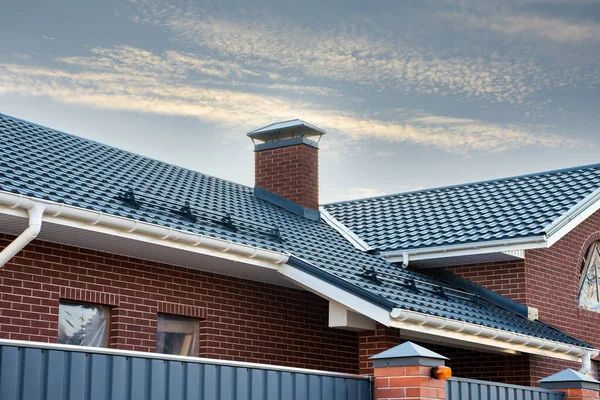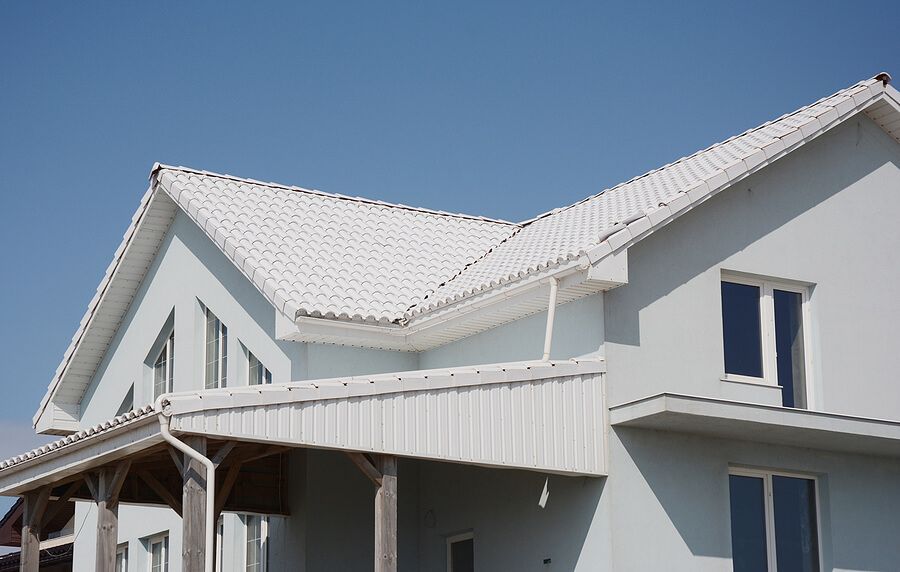Best Time of Year to Replace Your Roof: Insights from Alexander's Roofing
Replacing a roof is a major investment, and timing can significantly impact both the process and the results. At Alexander's Roofing, we understand that homeowners want to get the most out of their roofing projects, so here’s a guide to the best times of year for a roof replacement and why it matters.
1. Spring: The Optimal Season
Spring is often considered the best time of year to replace your roof, and here’s why:
- Mild Weather: Spring offers mild temperatures and stable weather conditions, which are ideal for roofing work. These conditions help ensure that roofing materials, such as asphalt shingles, adhere properly and perform optimally.
- Dry Conditions:
The risk of rain and snow is generally lower in spring, reducing the likelihood of weather-related delays. A dry environment allows for thorough inspections and repairs without the interference of adverse weather.
- Preparation for Summer: Replacing your roof in spring prepares your home for the hot summer months. With a new roof, you can better manage heat and improve energy efficiency, helping to keep your home cooler and your energy bills lower.
2. Fall: A Strong Contender
Fall is another excellent time for a roof replacement, with several benefits:
- Cooler Temperatures: Similar to spring, fall brings cooler temperatures that are ideal for roof installation. Cooler weather helps roofing materials adhere properly and reduces the risk of heat-related damage to both the materials and the workers.
- Less Rain: Fall typically offers dry periods, especially in the early part of the season. This reduces the risk of complications from wet weather, ensuring a smoother installation process.
- Pre-Winter Readiness: Replacing your roof in fall prepares your home for the winter season, ensuring that you’re protected from potential snow, ice, and cold weather. This can help prevent leaks and damage during harsh winter conditions.
3. Summer: Pros and Cons
Summer is a popular time for home improvement projects, including roof replacements, but it comes with its own set of considerations:
- Longer Days: Longer daylight hours can mean more time for roofing work each day. This can potentially speed up the installation process.
- Heat Challenges: High temperatures can make roofing work more challenging. Heat can affect the installation of certain materials, and extreme temperatures may pose risks to both the workers and the materials.
- Higher Demand: Summer is a peak season for roofing contractors, which can lead to higher prices and longer wait times. Planning ahead and scheduling in advance can help mitigate this.
4. Winter: The Least Ideal Time
Winter is generally the least favorable time for roof replacement, though it’s not impossible:
- Cold Temperatures: Cold weather can make roofing materials less flexible and harder to work with. This can affect the installation process and the performance of the materials.
- Snow and Ice: Winter weather increases the risk of delays due to snow and ice, which can impede the work and potentially cause damage if not handled properly.
- Limited Daylight: Shorter days mean less daylight for roofing work, which can extend the duration of the project and potentially increase costs.
Factors to Consider
While spring and fall are often ideal, other factors can influence the best time for your roof replacement:
- Local Climate: Consider your local climate and weather patterns. In areas with milder winters, a winter project might be more feasible than in regions with severe cold.
- Roof Condition: If your roof is in urgent need of replacement due to damage or leaks, it’s important to address the issue as soon as possible, regardless of the season.
- Contractor Availability: Availability of roofing contractors can also play a role. If you find a highly recommended contractor, you may need to work around their schedule.
Conclusion
Choosing the best time of year to replace your roof involves balancing weather conditions, contractor availability, and your specific needs. At Alexander’s Roofing, we recommend planning your roof replacement for spring or fall to take advantage of the optimal weather conditions and ensure a smooth, efficient installation process. However, if your roof is in urgent need of repair or replacement, don’t wait—address the issue promptly to protect your home and investment.
If you’re considering a roof replacement and want expert advice tailored to your situation, feel free to reach out to us. We’re here to help you make informed decisions and ensure your roofing project is a success, no matter the season.





















